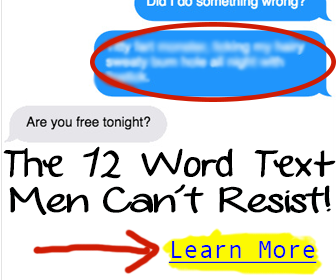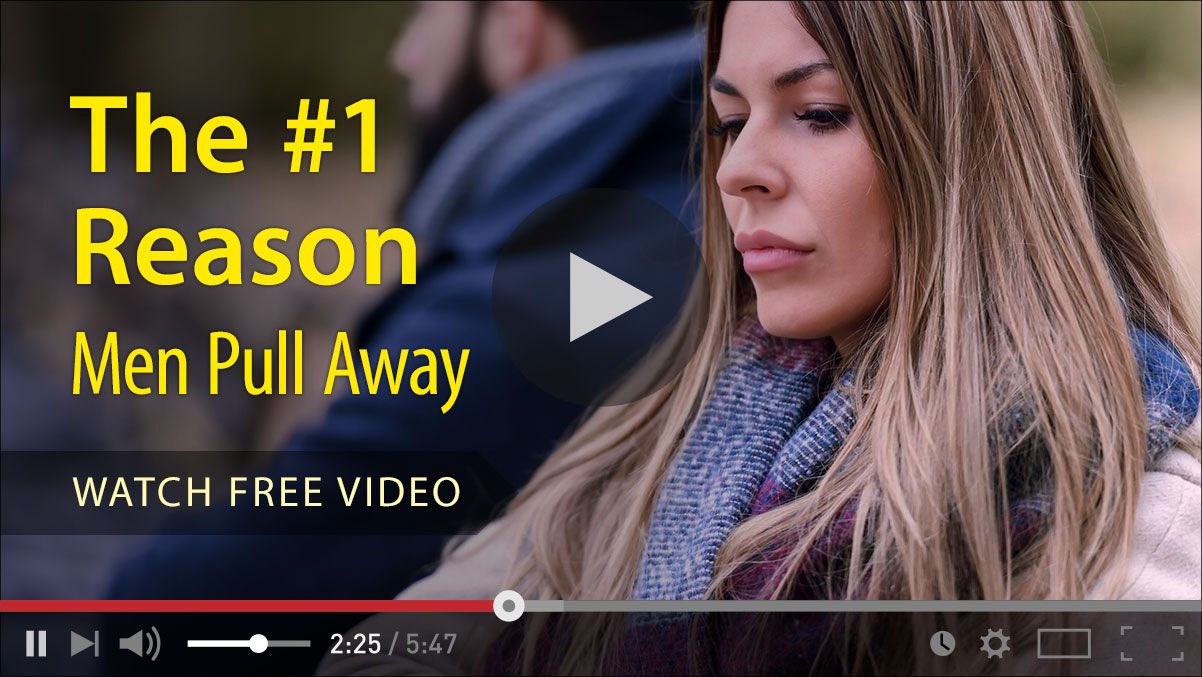Introduction:
Going through heartbreak can be an incredibly painful and challenging experience. Whether it’s the end of a romantic relationship, the betrayal of a friend, or a falling out with a family member, the emotional toll of heartbreak can leave deep wounds. One of the most difficult aspects of healing after heartbreak is forgiveness. However, forgiveness is a crucial step in the process of moving on and finding peace within yourself. You can forgive after heartbreak by acknowledging your pain, practicing self-compassion, and taking steps to heal.
Table of Contents
1: Understanding Forgiveness
Forgiveness is often misunderstood as condoning or excusing the hurtful actions of others. However, forgiveness is not about letting someone off the hook or forgetting what happened. It’s about releasing yourself from the burden of anger, resentment, and bitterness that comes with holding onto grudges. Forgiveness is a personal choice that allows you to let go of negative emotions and move forward with your life.
2: Allowing Yourself to Feel
Before you can forgive, it’s essential to allow yourself to feel the full range of emotions that come with heartbreak. It’s okay to feel angry, sad, betrayed, or hurt. Acknowledge and validate your emotions without judgment. Give yourself permission to grieve the loss and process your feelings in a healthy way. Avoid suppressing your emotions or denying their existence, as this can hinder the forgiveness process. It’s important to confront and work through your emotions in order to ultimately release them and find healing.


3: Practicing Self-Compassion
Forgiving others can be challenging, but it’s equally important to practice self-compassion and forgive yourself. It’s common to blame ourselves for the heartbreak or hold onto guilt and shame. However, it’s crucial to remember that we are all human and make mistakes. Be kind and compassionate to yourself as you navigate the process of forgiveness. Treat yourself with the same empathy and understanding that you would offer to a friend. Release self-judgment and practice self-love in order to move towards forgiveness.
4: Shifting Perspectives
One of the keys to forgiveness is shifting your perspective on the situation and the person who hurt you. This doesn’t mean that you have to condone or justify their actions, but rather view the situation from a different lens. Try to see the person as a flawed human being who may have acted out of their own pain, insecurities, or misunderstandings. This doesn’t excuse their behavior, but it can help you see them in a more empathetic light. Shifting your perspective can also involve reframing the situation as a learning experience or an opportunity for growth, rather than dwelling on the pain and negativity.
5: Setting Boundaries
Forgiving someone doesn’t mean that you have to tolerate or accept harmful behavior. It’s important to set healthy boundaries to protect yourself and prevent further hurt. This may involve creating physical, emotional, or mental boundaries to safeguard your well-being. It’s okay to communicate your boundaries assertively and respectfully and to enforce them without guilt. Setting boundaries can also include limiting or ending contact with the person who hurt you, if necessary. Remember that forgiveness does not require you to maintain a relationship with someone who has caused you harm. It’s okay to prioritize your own healing and well-being.
6: Practicing Empathy and Compassion
Practicing empathy and compassion towards the person who hurt you can be a powerful tool in the forgiveness process. This doesn’t mean that you have to forget or condone their actions, but rather cultivate a sense of understanding and compassion towards their humanity. Try to put yourself in their shoes and consider their perspective, upbringing, experiences, and challenges that may have contributed to their hurtful behavior. Recognize that everyone has their own struggles and flaws, and that hurt people often hurt others. This doesn’t excuse their actions, but it can help you see them as a complex individual rather than a one-dimensional villain. Practicing empathy and compassion can help soften your heart and create space for forgiveness.


7: Practicing Self-Care
Taking care of yourself is crucial in the forgiveness process. Make self-care a priority in your healing journey. Engage in activities that bring you joy, practice relaxation techniques such as meditation or yoga, exercise regularly, eat nourishing foods, and get enough rest. Surround yourself with supportive friends and family who can offer comfort and encouragement. Take time to pamper yourself and do things that make you feel good about yourself. By taking care of your physical, emotional, and mental well-being, you are better equipped to handle the challenges of forgiveness.
8: Letting Go of Resentment
Resentment is a heavy burden that can hinder the forgiveness process. Holding onto grudges and resentment only prolongs your own suffering and prevents you from moving forward. It’s important to acknowledge your feelings of resentment and actively work towards letting them go. This may involve practicing forgiveness exercises, such as writing a letter to the person who hurt you (even if you don’t send it), visualizing releasing the resentment, or seeking therapy or counseling to process and release these emotions. Letting go of resentment doesn’t mean forgetting what happened or condoning the actions of the person who hurt you, but rather freeing yourself from the negative emotions that hold you back from forgiveness.
9: Time and Patience
Forgiveness is a process that takes time and patience. It’s important to be gentle with yourself and not force yourself to forgive before you’re ready. Everyone’s healing journey is different, and it’s okay to take the time you need to process your emotions and come to a place of forgiveness. Be patient with yourself and trust that healing takes time. It’s okay to have setbacks or moments of anger and sadness along the way. Just remember to keep taking small steps towards forgiveness and be kind to yourself in the process.
10: Moving On and Finding Closure
Forgiveness is not a one-time event, but rather an ongoing process. It’s a choice that you may need to make again and again as you continue to heal and move on from heartbreak. Forgiveness doesn’t necessarily mean forgetting what happened, but rather releasing the emotional attachment to the pain and finding closure. Closure may come in different forms for different people, whether it’s having a conversation with the person who hurt you, writing in a journal, or creating a ritual or ceremony to symbolize letting go. Find what works best for you and take steps towards closure in your own way.


Conclusion:
Heartbreak can be a challenging and painful experience, but forgiveness is a crucial step towards healing and moving on. It’s a personal choice that involves understanding, empathy, self-care, and time. Remember to allow yourself to feel, practice self-compassion, shift your perspective, set boundaries, practice empathy and compassion, practice self-care, let go of resentment, and be patient with yourself. With time and effort, you can find healing and move towards forgiveness, allowing yourself to release the burden of the past and find peace within yourself. Remember that forgiveness is a gift you give to yourself, and it’s never too late to start the journey towards healing and forgiveness.



